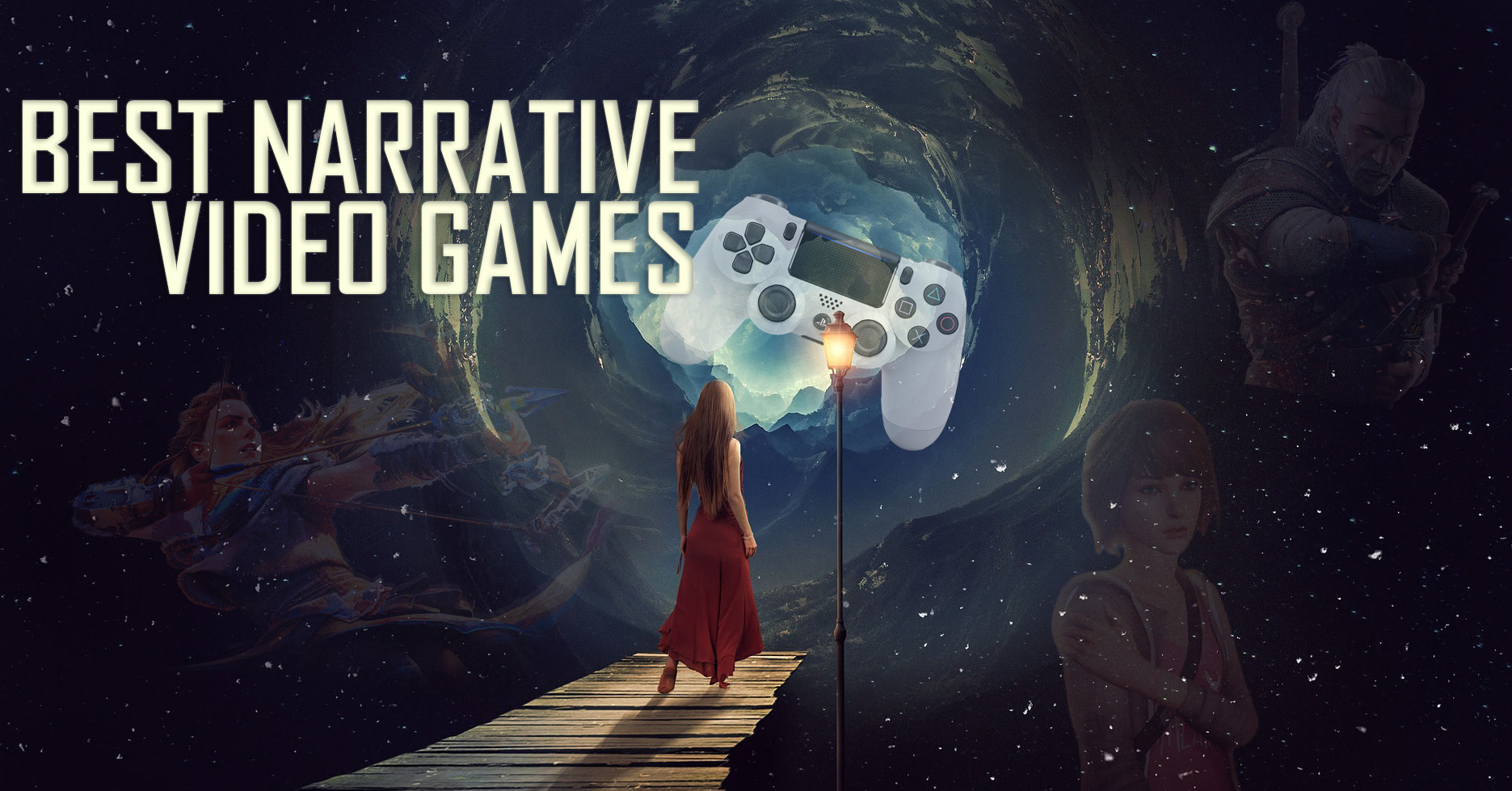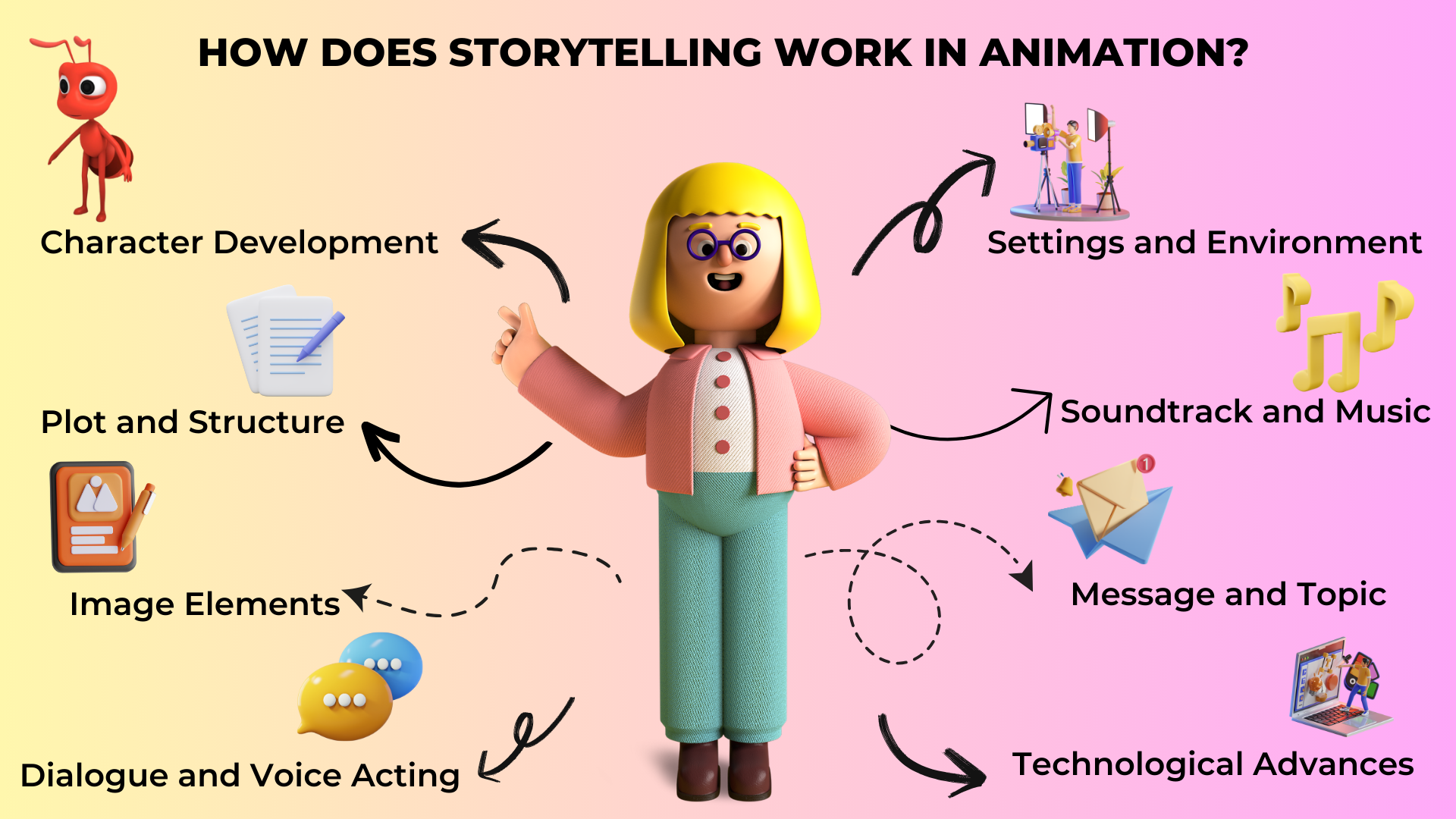
Beyond Pixels and Play: The Rise of Emotional Narrative in Animated Games
For years, video games have been synonymous with action, competition, and strategic problem-solving. While those elements remain crucial, a new breed of animated games is emerging, prioritizing something deeper: emotional narrative. These titles, often characterized by their stylized visuals and captivating soundtracks, are pushing the boundaries of interactive storytelling, drawing players into richly realized worlds and forging profound emotional connections with their characters.
Animated games, in this context, encompass a broad spectrum of styles. They range from the hand-drawn charm of titles like "Cuphead" and "Hollow Knight," to the vibrant, stylized 3D of "Ni no Kuni" and "Genshin Impact," and even the stop-motion aesthetic of "Harold Halibut." What unites them is a deliberate artistic choice that allows for a greater focus on expression, atmosphere, and emotional resonance. This departure from photorealistic graphics often allows developers to circumvent the uncanny valley and focus on conveying nuanced emotions through character design, animation, and impactful storytelling.
The Power of Visual Storytelling: Creating Worlds That Evoke Emotion
One of the key strengths of animated games lies in their ability to craft visually stunning worlds that are intrinsically linked to the narrative’s emotional core. Unlike games striving for hyperrealism, animated titles can freely manipulate environments, character designs, and color palettes to directly influence the player’s emotional state.
Consider the desolate beauty of "Gris." The game’s watercolor aesthetic, with its muted tones and melancholic landscapes, perfectly reflects the protagonist’s journey through grief and self-discovery. As Gris progresses, color gradually returns to the world, mirroring her own healing process. The visual language of the game becomes an integral part of the narrative, communicating emotions far more effectively than dialogue alone.
Similarly, "Ori and the Blind Forest" utilizes a lush, vibrant art style to depict the interconnectedness of nature and the devastation caused by corruption. The game’s opening sequence, where a devastating storm decimates Ori’s home, is a masterclass in visual storytelling. The swirling wind, the falling leaves, and the heartbreaking animation of Naru searching for Ori create a powerful emotional impact that sets the stage for the entire game.
These games demonstrate that emotional narrative isn’t just about writing compelling dialogue or creating dramatic cutscenes. It’s about crafting a holistic experience where every visual element, from the character’s gait to the way light filters through the trees, contributes to the overall emotional impact.
Character-Driven Narratives: Forging Connections That Resonate
Beyond the visual artistry, animated games excel at developing characters that players genuinely care about. By leveraging the expressive power of animation, developers can imbue their characters with a depth of personality and emotion that is often difficult to achieve in more realistic games.
"Night in the Woods" is a prime example of this. The game’s anthropomorphic characters, despite their cartoonish appearance, grapple with relatable issues like mental health, economic hardship, and the anxieties of adulthood. Mae Borowski, the protagonist, is a complex and flawed character who struggles to find her place in a world that feels increasingly alienating. Her interactions with her friends, her family, and the quirky residents of Possum Springs are filled with humor, pathos, and genuine emotional weight.
The success of "Night in the Woods" lies in its ability to create characters that feel authentic and relatable, even within a fantastical setting. The game doesn’t shy away from difficult topics, and it allows its characters to be vulnerable and imperfect. This honesty resonates deeply with players, fostering a sense of empathy and connection that elevates the narrative beyond simple entertainment.
Another compelling example is "Spiritfarer," a management simulator where you ferry spirits to the afterlife. While the gameplay revolves around resource management and ship customization, the heart of the game lies in the relationships you build with the spirits you encounter. Each spirit has a unique personality, backstory, and unresolved issues that you must help them confront before they can find peace.
Through these interactions, "Spiritfarer" explores themes of grief, loss, and acceptance in a deeply personal and moving way. The game’s beautiful hand-drawn animation and melancholic soundtrack further enhance the emotional impact, creating an experience that is both heartwarming and heartbreaking.
The Power of Choice: Empowering Players to Shape the Narrative
Many animated games are also incorporating meaningful choices that allow players to actively shape the narrative and influence the emotional outcomes. This element of player agency can significantly enhance the emotional connection to the story, making the experience feel more personal and impactful.
"Life is Strange" is a standout example of this. The game follows Max Caulfield, a photography student who discovers she can rewind time. As Max navigates the complexities of teenage life and investigates a mysterious disappearance, players are faced with difficult choices that have far-reaching consequences.
The ability to rewind time allows players to experiment with different outcomes, but it also forces them to confront the ethical dilemmas of altering the past. The game explores themes of friendship, identity, and the butterfly effect in a way that is both thought-provoking and emotionally resonant.
By giving players agency over Max’s actions and relationships, "Life is Strange" empowers them to shape the narrative in a way that reflects their own values and beliefs. This level of interactivity fosters a deep emotional investment in the characters and the story, making the consequences of their choices all the more impactful.
Beyond Escapism: Animated Games as a Vehicle for Empathy and Understanding
The rise of emotional narrative in animated games represents a significant shift in the landscape of interactive entertainment. These games are no longer just about providing escapism; they are about exploring complex human emotions, fostering empathy, and promoting understanding.
By creating visually stunning worlds, developing compelling characters, and incorporating meaningful choices, animated games are pushing the boundaries of interactive storytelling and offering players a unique and powerful emotional experience. They are demonstrating that video games can be more than just entertainment; they can be a vehicle for art, empathy, and personal growth.
The Future of Emotional Narrative in Animated Games
As technology continues to evolve, we can expect to see even more innovative and emotionally resonant animated games in the future. The integration of virtual reality and augmented reality could further enhance the sense of immersion and allow players to experience the narrative in a more visceral and personal way.
Furthermore, the increasing accessibility of game development tools is empowering independent developers to create their own emotionally driven narratives, often focusing on niche themes and perspectives that are not typically represented in mainstream games.
Ultimately, the future of emotional narrative in animated games is bright. As developers continue to explore the potential of this medium, we can expect to see even more games that challenge our perceptions, evoke our emotions, and leave a lasting impact on our hearts and minds. These games are not just about playing; they are about experiencing, connecting, and understanding the human condition in all its complexity and beauty. The pixels and play are merely the gateway to a world of profound emotional exploration.

